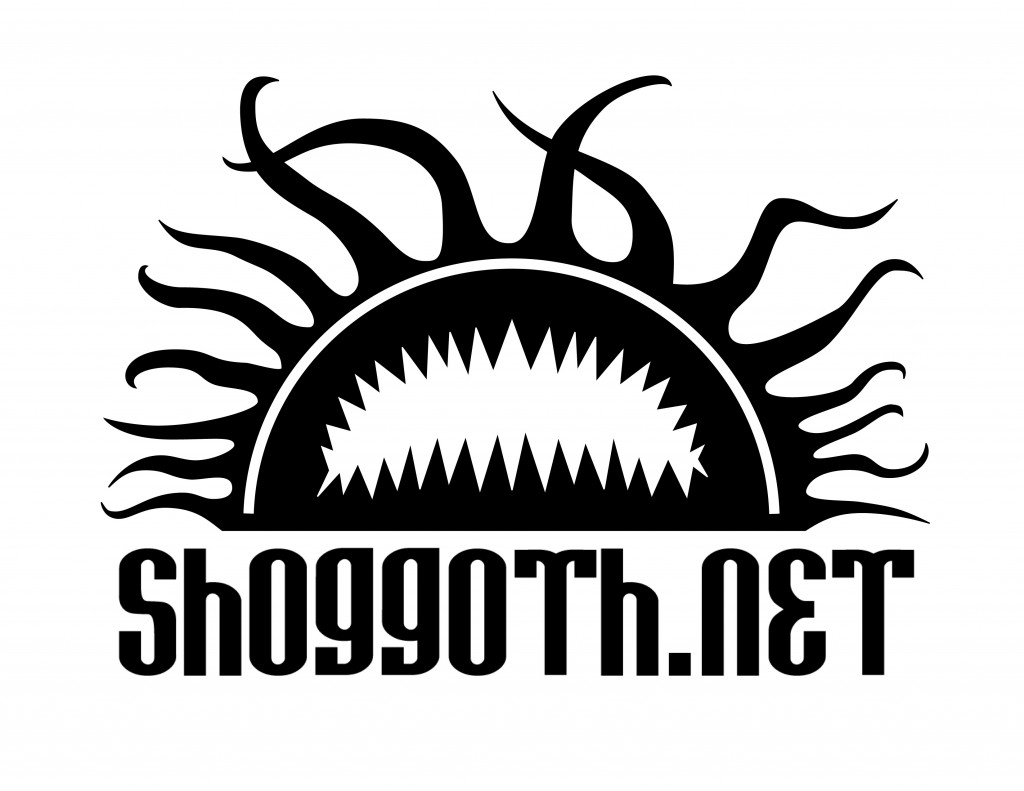 It seems inevitable that such a book would eventually come along, and it has. There have been
It seems inevitable that such a book would eventually come along, and it has. There have been
others in the same vein, but this one provides actual recipes, made with wholesome ingredients,
which are good to eat.
Possibly the most entertaining part of this book, is the intermingling of the descriptions of ingredients and processes with Mythos-ian imagery.
The stories are mostly well-written and entertaining. I’ll not go into a lot of detail, spoilers and such, but I’d like to reference each one here.
“How I Fed Your Mother” This is great. Following the tradition of the campfire ghost story, this ends with a twist, a not altogether unsurprising twist, but a fun one nonetheless.
“The Uneatable” I must admit I found this story a bit tedious and too long. However, it was very Lovecraftian in that the author loaded a blunderbuss with adjectives, blasted some pages, and threw in some other parts of speech. That was cool.
“Bratwurst mit Sauerkraut” is a bit too long for my taste, mostly due to repetition. It’s a good story though, and is done in the style of a journal–which I do enjoy. The author embeds the recipe in a clever manner.
“Ghoulash” is a warm and touching story about coming home and sharing a family meal. Like “Bratwurst,” this story does a clever job of weaving the menu into the story.
“An Inquiry . . .” is a scholarly work I find far too academically deep for a fun cookbook with tentacles. Honestly, I skimmed it and moved on.
“Fried Honey-Garlic Chicken Of Tindalos” sounds like an awesome dish, and the flavor text is just about the right length–it’s also deliciously hilarious.
“The History of “De Vermicelli Mysteriis’” reads just like the entry for a Mythos tome, straight out of a Call of Cthulhu© rule book, which is genius. My only two issues are that the ingredients and instructions are difficult for me to read–as they are in italics and, I believe, Italian.
“Commonplace Cookbook (excerpts)” is another offering which reads like a journal. It is clever, filled with classic Mythos references, and could even be used to harvest the seeds of role playing adventures.
“The Feastival” is a quaint, family tale of the comforts of home and the pleasantness of dreams.
“The 419 Eater” is a tasty take on the Nigerian scambaiting hobby. This is hilarious. Those scammers need to be more careful about where in the US they email to.
“The Flavor Out Of Space” is a cheesy homage to “The Color out of Space,” and does an eggselent job of maintaining the feel of the story while transforming it into a food-based tale.
“The Horror From The Ice-Cream” Is a chilling tale of how a shared experience among friends new and old can change a person for the better–and that spooning beauty into one’s heart brings joy and longevity. It’s also about ice cream, so you can’t go too far wrong.
“Gulab Jamun” is primarily a recipe for a delicious sounding sweetmeat, though also begins with some brief and pleasant anecdotal writing.
“Alfred Jermyn’s Banana Bread” is another entry which is primarily a recipe, but which has a bit of clever writing as an introduction.
“Cosmick Fairy Cakes” has no actual story, but will probably make you want to go back and re-read Douglas Adams’s Hitchhiker series.
“The Dangerous Kitchen” I found to be a disappointing final slice of the pie. It was fun, in that it was in the tradition of the ongoing, self replicating horror, but it was quite long for all that it did.
Overall, this is an excellent cookbook and a lot of fun. I highly recommend it.
My name is CthulhuBob Lovely, I live in my childhood hometown of Columbus, Ohio, and have a son and two daughters. I volunteer at MisCon, which occurs each year on Memorial Day Weekend in Missoula, Montana and help out at other shows.
In my younger years I had seen H.P. Lovecraft’s books in the collection of my older brother, Brian, who is also responsible for introducing me to Monty Python, Star Wars and many other things geek.
I began running and playing Dungeons and Dragons in 1977 at the age of 15, and Call of Cthulhu since its original publication in 1981.
I believe geekery and gaming can have positive effects on math, reading and writing, and social interaction skills, as well as family togetherness. I have three published stories online at
http://www.bewilderingstories.com/bios/lovely_bob_bio.html
